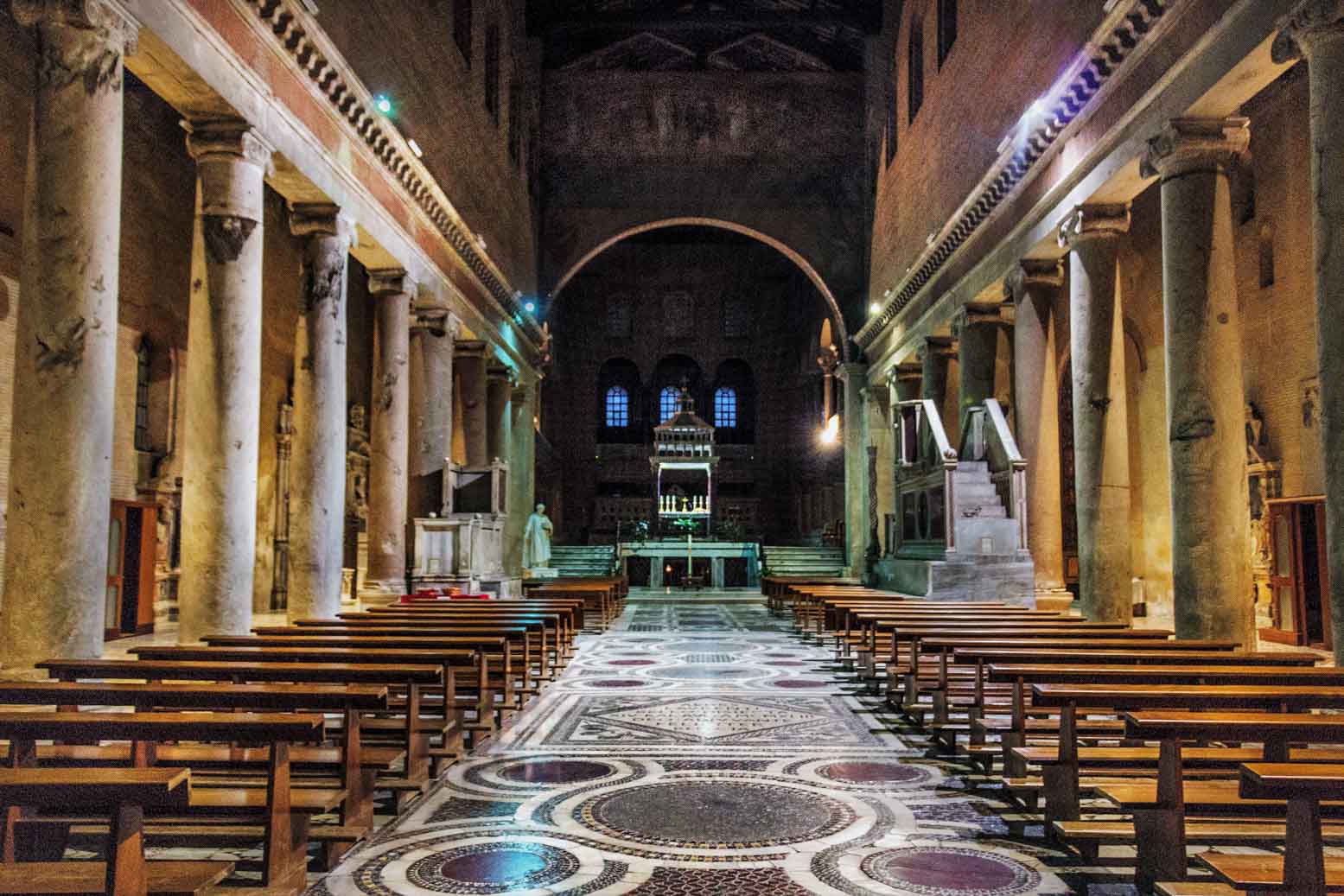
POSTACIE Popes and their associates
Pope Honorius III (1150–1227) – a significant Church strategist and an uncompromising ruler
Honorius III sat upon St. Peter’s throne for eleven years. He was famous for approving the rule of the Dominicans (1216), Franciscans (1223) and Carmelites (1226), which led to a tremendous increase in the number of loyal, devoted to Evangelization monks, who as wondering, begging preachers (that is the formula they followed in the first years of their activity), attracted the faithful and doubting to the Church while helping the pope in his battle against heresy.
He also effectively fought against the pagans on the outskirts of the Christian world, supporting the Order of the Brothers of the German House of Saint Mary (The Teutonic Knights) on the lands of Konrad I of Masovia, which led to the annexation of the lands taken from the Prussians. At the beginning of his reign, his greatest ambition was to organize the Fifth Crusade. He negotiated with rulers of France and Aragon in order to bring his plans to fruition, while in 1220, in exchange for the promise of leading it, he crowned the King of Germany and Sicily, Frederick II Hohenstaufen, Emperor of the Holy Roman Empire. When the emperor hesitated with the preparation of the escapade, the pope threatened him with excommunication. Honorius did not live to see the crusade, which did however, come to pass and was led with success by the excommunicated emperor Frederick, a few years after the pope’s death.
Honorius III was buried in the Basilica of Santa Maria Maggiore, where he began his service to the Church as a canon.
He was a generous funder and renovator of sacral buildings in Rome.

Structures built during the pontificate of Honorius III:
Może zainteresuje Cię również
Church of San Lorenzo fuori le mura – a pilgrim basilica of admirable beauty
Zgodnie z art. 13 ust. 1 i ust. 2 rozporządzenia Parlamentu Europejskiego i Rady (UE) 2016/679 z 27 kwietnia 2016 r. w sprawie ochrony osób fizycznych w związku z przetwarzaniem danych osobowych i w sprawie swobodnego przepływu takich danych oraz uchylenia dyrektywy 95/46/WE (RODO), informujemy, że Administratorem Pani/Pana danych osobowych jest firma: Econ-sk GmbH, Billbrookdeich 103, 22113 Hamburg, Niemcy
Przetwarzanie Pani/Pana danych osobowych będzie się odbywać na podstawie art. 6 RODO i w celu marketingowym Administrator powołuje się na prawnie uzasadniony interes, którym jest zbieranie danych statystycznych i analizowanie ruchu na stronie internetowej. Podanie danych osobowych na stronie internetowej http://roma-nonpertutti.com/ jest dobrowolne.